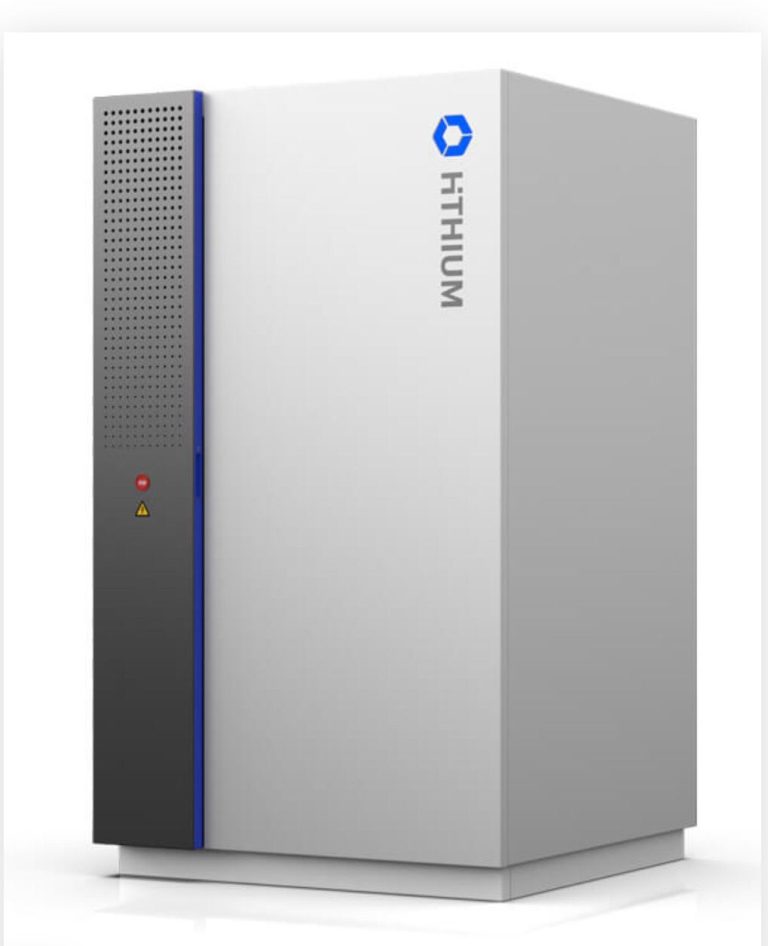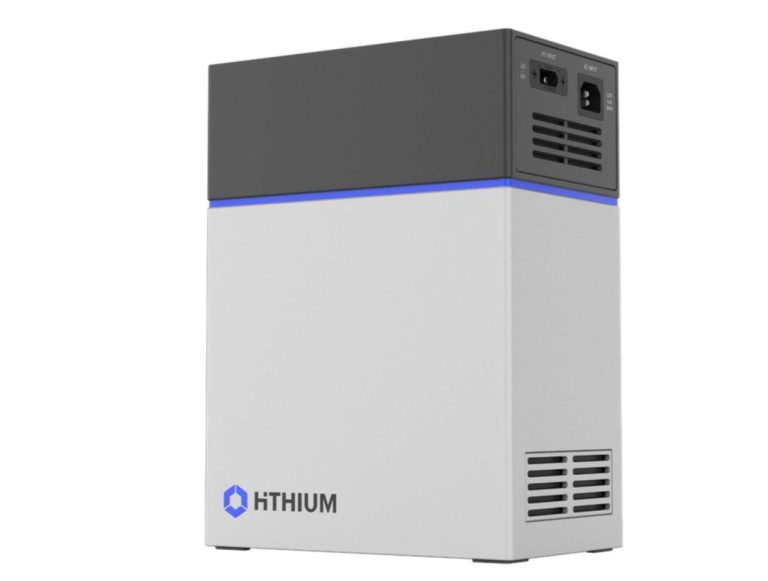Energy Storage
Energy Storage

Vintage Powercare Industrial Energy Storage Systems
1. Renewable energy integration: Store excess energy generated from solar or wind power for later use.
2. Peak shaving: Reduce peak demand on the grid, lowering costs and stress on infrastructure.
3. Load shifting: Move energy usage from peak to off-peak hours, optimizing energy consumption.
4. Backup power: Provide reliable backup power during outages or grid failures.
5. Grid stabilization: Help stabilize the grid by absorbing excess energy and releasing it when needed.
6. Microgrid support: Enable industrial microgrids to operate independently or in conjunction with the main grid.
7. Energy efficiency: Optimize energy usage and reduce waste.
Common industrial energy storage technologies:
1. Lithium Battery energy storage systems (LBESS)
2. Flow batteries
3. Sodium-ion batteries
4. Flywheel energy storage
5. Compressed air energy storage (CAES)
6. Pumped hydro storage (PHS)
7. Thermal energy storage
Industrial energy storage applications:
1. Manufacturing facilities
2. Data centers
3. Commercial buildings
4. Agricultural operations
5. Mining operations
6. Remote communities
7. Military bases
Vintage Powercare Domestic Energy Storage Systems
Domestic energy storage refers to systems designed for homes and small businesses to store energy for later use. These systems:
1. Reduce energy bills: Store excess energy generated from solar panels or grid off-peak hours for later use.
2. Provide backup power: Offer reliable backup power during outages or grid failures.
3. Enhance energy independence: Allow homes to operate independently from the grid for extended periods.
4. Improve energy efficiency: Optimize energy usage and reduce waste.
Common domestic energy storage technologies:
1. Battery energy storage systems (BESS)
2. Lithium-ion batteries
3. Lead-acid batteries
4. Flow batteries
5. Sodium-ion batteries
Domestic energy storage applications:
1. Residential homes
2. Small businesses
3. Remote homes
4. Off-grid homes
5. Grid-connected homes with solar panels

More
Energy Storage Systems for Electrical Power
At Vintage Powercare Limited, we understand the Growing demand for renewable energy, reduced carbon emissions, and improved grid resilience drive the need for industrial energy storage solutions. Industrial energy storage systems provide:
Energy storage for electrical power refers to the technologies and systems used to store excess energy generated from power plants or renewable sources, for later use when demand is high or during power outages. Common energy storage methods include:
1. Battery Energy Storage Systems (BESS)
2. Pumped Hydro Storage (PHS)
3. Compressed Air Energy Storage (CAES)
4. Flywheel Energy Storage
5. Hydrogen Storage
6. Thermal Energy Storage
7. Capacitor Energy Storage
8. Superconducting Magnetic Energy Storage
Benefits of energy storage for electrical power:
1. Improves grid stability and reliability
2. Enables greater integration of renewable energy sources
3. Reduces peak demand and strain on the grid
4. Provides backup power during outages
5. Enhances energy efficiency and reduces waste
6. Supports load shifting and peak shaving
7. Can help mitigate grid congestion and transmission losses
Energy storage is crucial for a sustainable and resilient energy future, enabling us to store excess energy for when it’s needed most.
Need A Free Quote?
We are Vintage PowerCare Limited are ready to listen and provide solutions to your Power engineering Problems.